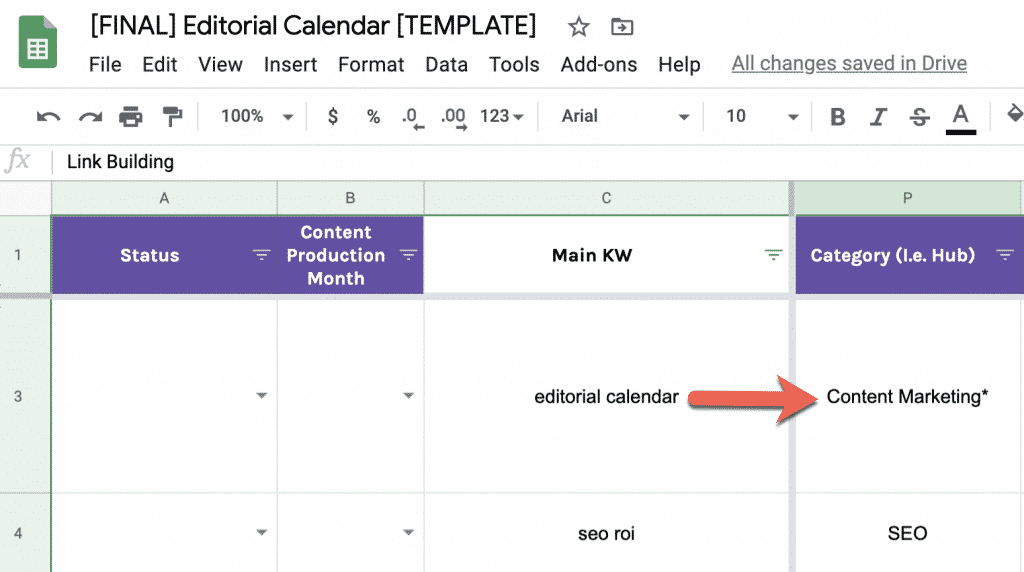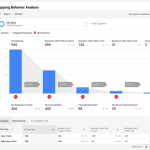Developing An SEO Friendly Content Calendar
In the age of digital marketing and content creation, one of the most crucial aspects of a successful online presence is search engine optimization, commonly known as SEO. But what good is SEO if the content doesn’t arrive on time and cater to your audience’s interests? This is where a content calendar becomes indispensable. It’s not just a scheduling tool; it’s the strategic backbone of your content marketing plan. Crafting an SEO friendly content calendar is like setting up a GPS for your content strategy – it guides you towards your destination of rank improvement, audience engagement, and eventual business growth. Here’s a deep dive into the art of creating a content calendar that’s both practical and search engine savvy.
Understanding the Importance of an SEO Friendly Content Calendar
An SEO friendly content calendar ensures you strategically plan content that targets the right keywords, aligns with trending topics, and addresses the needs of your audience, maximizing your online visibility and reach. It helps in consistency, which is key for SEO and audience retention while giving you the ability to plan ahead for seasonal trends, events, and holidays.
Step 1: Know Your Audience and Goals
Begin by identifying who you’re speaking to and what you’re hoping to achieve. Understand your audience: What are they looking for? What questions do they have? What kinds of content do they engage with most—blog posts, videos, infographics? Similarly, be clear about your business goals: Do you aim to drive traffic, increase conversions, or position yourself as a thought leader?
Without this knowledge, your content calendar will just be dates with titles, not a powerful tool tailored to your objectives. So, roll up your sleeves, dive into the analytics, and keep your ears open to customer feedback and social media conversations.
Step 2: Keyword Research is Your Foundation
SEO begins with keywords. They are the map pins that help your content show up on the search engine radar. Start with comprehensive keyword research to identify terms that are relevant to your audience’s searches. Use keyword research tools to discover what your potential customers are typing into search engines.
From broad to long-tail keywords, understand the level of competition and search volume for each. Prioritize a mixture of attainable keywords (those with lower competition) and aspirational ones (those with higher search volume but more competition), and remember, relevance is the golden rule in keyword selection.
Step 3: Plot Your Calendar with Care
Bearing your keywords and goals in mind, it’s time to sketch out your content pieces. Use a spreadsheet or a content calendar tool to document the titles, keywords, content formats, and publishing dates. Remember, variety is the spice of the internet. Rotate through different types of content to keep your audience engaged.
But don’t just stuff events randomly. Factor in seasonality, industry events, and product launches. A strategic approach means syncing with what’s on your audience’s minds.
Step 4: Add Flexibility to Your Schedule
Yes, planning is key, but rigidity can be a stumbling block. The digital world moves fast, and hot topics can change overnight. Ensure there’s room in your calendar to make swift changes should a trend spike or an unexpected event occur. Buffer time can be a safety net, allowing you to stay current and relevant.
Step 5: Optimize Content for Humans and Search Engines
An SEO friendly content calendar goes beyond just plotting titles and dates. When creating the content itself, ensure it’s optimized for both search engines and human readers. How? Make it readable, engaging, and valuable. Use your target keywords strategically—a header here, a meta description there—but always write naturally.
Remember, no amount of optimization can save poor quality content. Provide real answers to real questions and the engagement will follow. And don’t forget about the visuals. Images, videos, and infographics can boost engagement and provide another avenue for SEO through alt text and file naming.
Step 6: Analyze and Adjust Your Strategy
Your content calendar is a living document. Keep track of what’s working and what’s not. Regular analytics reviews will show you which content pieces resonate with your audience and which ones fall flat. Use this data to refine your calendar, adjusting topics, formats, and frequencies.
Analytics can also show you the best times to post and which platforms generate the most engagement, letting you tweak your schedule for maximum impact.
Step 7: Collaboration is Key
If you’re working with a team, ensure everyone has access to the content calendar. A shared document improves collaboration and keeps everyone on the same page. It prevents duplicate efforts and content gaps while fostering an environment where ideas can be shared and developed together.
Conclusion
A well-developed SEO friendly content calendar is a springboard to greater online visibility and engagement. It allows you to create a robust content strategy that doesn’t just attract visitors but engages them with value-packed, timely content. Remember, it’s not about ticking boxes on a schedule; it’s about connecting with your audience and delivering consistent, optimized content that satisfies both their needs and those of the search engines.
Start with understanding your audience and setting clear goals. Hinge your planning on solid keyword research and structure your calendar with a mix of content that speaks to seasonal trends and the evergreen needs of your users. Stay flexible, always optimize for human engagement and search visibility, regularly analyze performance, and foster a collaborative environment.
You’re not just filling up a calendar; you’re building a powerful tool that can turn your online content into a magnet for traffic, engagement, and, ultimately, business growth. Now, get planning, and make every piece of content count!



